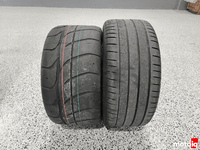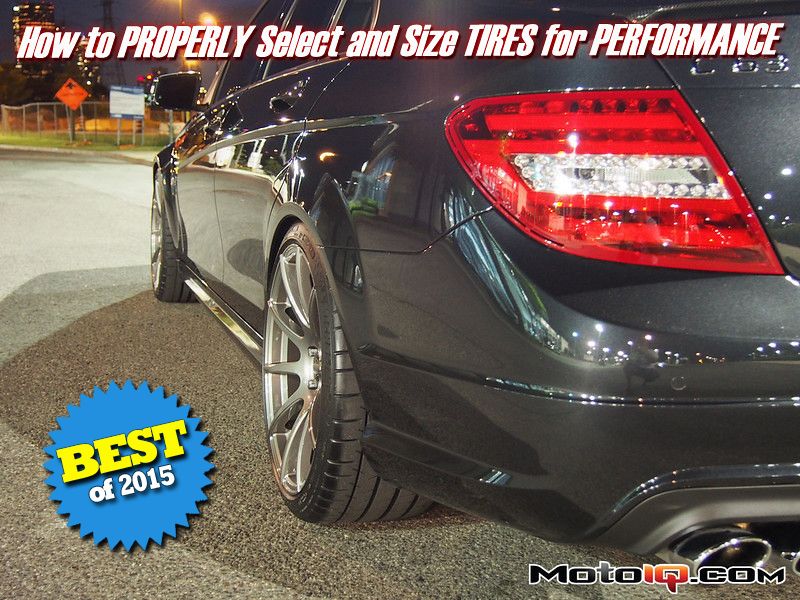Looking for some more information on track wheels and tire setups. There seems to be a lot of focus on width and the universal advice of "fit the widest tire you can" being ubiquitous. That's simple enough to understand, however looking at the range of setups it seems clear the S197 mustang can accommodate a wide range of tire diameters. More so than many other cars. Considering width primarily impacts only the contact patch and the diameter affects the contact patch, plus final gearing plus the CG, it seems the overall diameter is the more critical factor.
My 2011 GT/CS came stock with 245/45/19 which is 27.7". Almost a 28" tire seems comically large coming from SN95 cars. Leaving that aside, typically with most near stock builds you would try to target close to the OEM diameter. Is this the case for the S197? It seems many builds end up targeting a much smaller diameter. Here is the Moto IQ build for example.

Billy Johnson ends up using tires almost an inch shorter than stock. That should shrink the contact patch relative to a similar width tire of OEM height. So less rubber, lower gearing and lower CG.
Is there an ideal tire diameter for a track tuned S197? Is it always smaller than stock? My application is similar to Billy's, which is a street car to be used on the track (HPDE some AutoX). Thanks
My 2011 GT/CS came stock with 245/45/19 which is 27.7". Almost a 28" tire seems comically large coming from SN95 cars. Leaving that aside, typically with most near stock builds you would try to target close to the OEM diameter. Is this the case for the S197? It seems many builds end up targeting a much smaller diameter. Here is the Moto IQ build for example.

Billy Johnson ends up using tires almost an inch shorter than stock. That should shrink the contact patch relative to a similar width tire of OEM height. So less rubber, lower gearing and lower CG.
Is there an ideal tire diameter for a track tuned S197? Is it always smaller than stock? My application is similar to Billy's, which is a street car to be used on the track (HPDE some AutoX). Thanks















